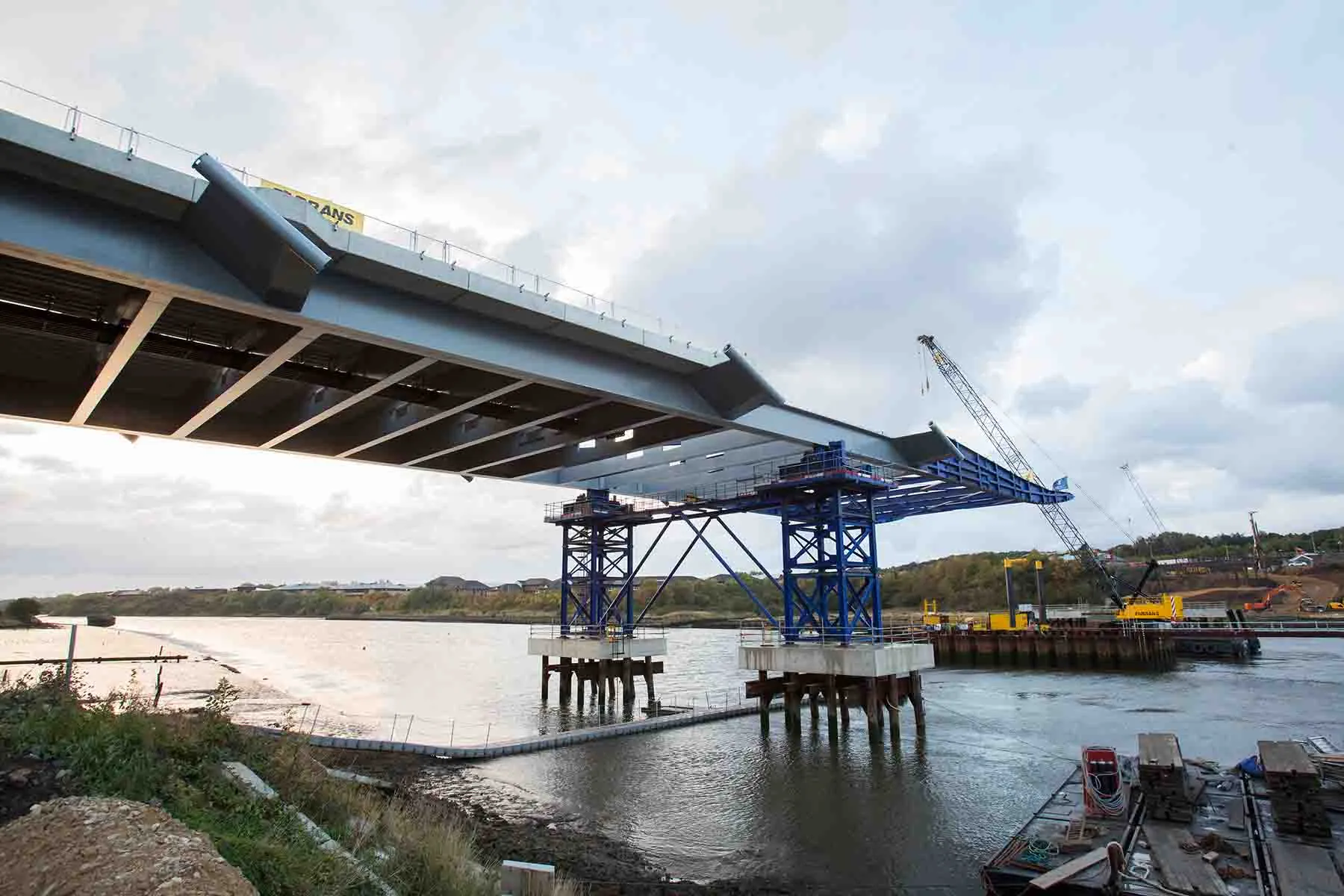SMEC is now working on two key projects in Australia. The company has been awarded the contract administration services contract for the Horse Park Drive extension in Canberra by the Australian Capital Territory Government. It has also won the intersection upgrade project in New South Wales. The project in Canberra involves construction of the final section of Horse Park Drive from Burrumarra Avenue to Mirrabei Drive in the Gungahlin area. On completion, the road will connect the new residential areas of Ja
February 28, 2013
Read time: 2 mins







